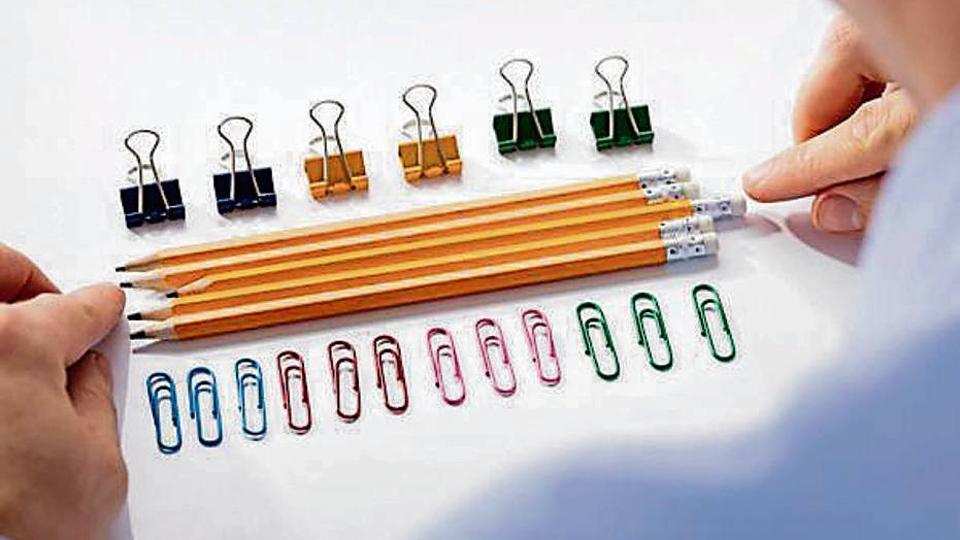

Men are likely to repeatedly check if a door is closed or not; women are likely to hoard things: Empty jars or things they don’t necessarily need. Obsessive compulsive disorder (OCD), a very common mental ailment, can affect men and women differently, a study conducted across north India has revealed.
Characterised by repetitive behaviour such as hand washing, checking on things or cleaning, OCD can significantly interfere with a person’s daily activities, studies and work.
Two doctors from the Postgraduate Institute of Medical Education and Research (PGIMER) psychiatry department , Dr Ajit Avasthi, head of the department, and Dr Sandeep Grover, were part of the study, titled Gender differences in obsessive-compulsive disorder: Findings from a multicentric study from India. It was recently published in the Asian Journal of Psychiatry.
The data was collected from 16 centres from northern India involving 945 people aged over 18 years suffering from OCD. Sixty percent were under long-term treatment.
Males versus females
Doctors found males had higher rates of checking and counting compulsions (66% versus 55.6%), whereas females had higher rate of hoarding compulsions (15.5% versus 9.8%).
It means, men were more likely to present symptoms of repeatedly checking or counting things, such as checking if doors were closed or counting ties, paper clips or handkerchiefs .
Women were more likely to hoard things which they would not necessarily need or clean a room or utensils repeatedly.
“In co-morbidities (associated disorders), substance use disorders (alcohol and cannabis) were significantly more common among males, while agoraphobia and body dysmorphic disorder were common among females,” the study found.
Agoraphobia is fear of places or situation in which a person imagines threats to his or her life. Those suffering from body dysmorphic disorder obsess over imagined or slight flaws in their appearance.
Males also had a younger mean age at onset, with almost 15.6% developing the illness by the age of 17 years, compared to 9.2% in females.
[“source=hindustantimes”]




